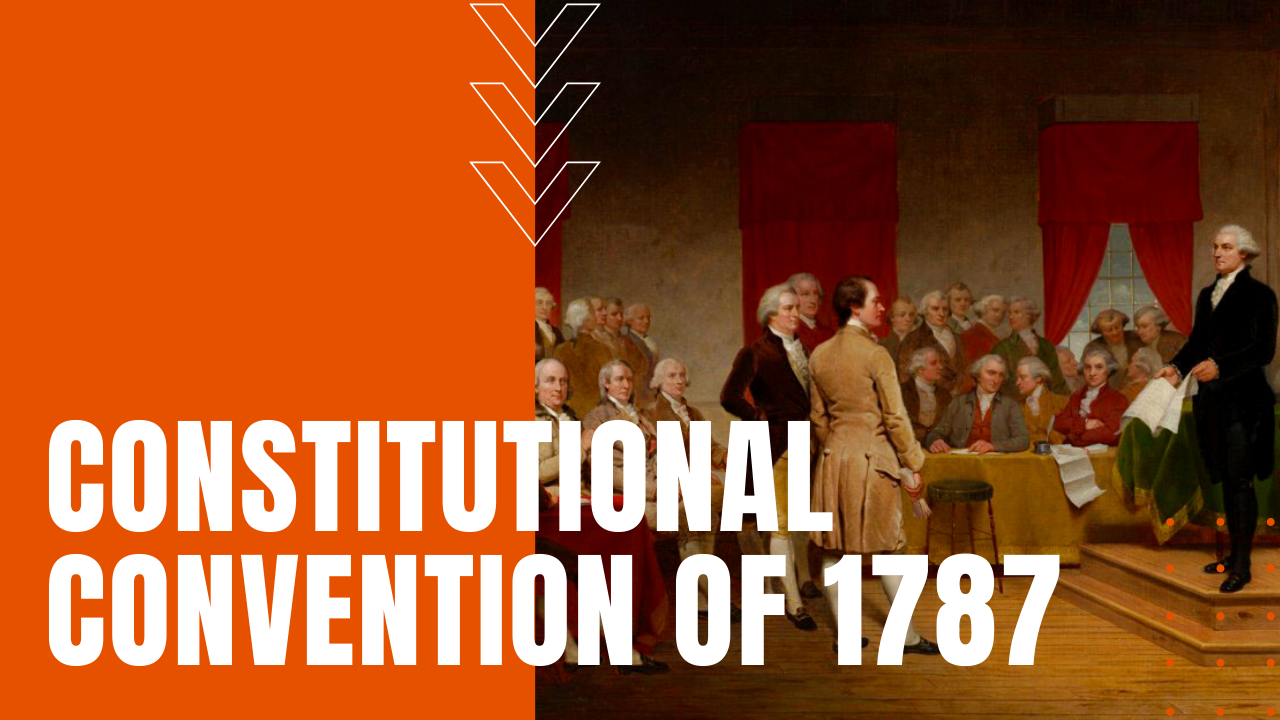Constitutional Convention of 1787

Ratified several months before Britain’s 1781 surrender at Yorktown, the Articles of Confederation provided a loose framework for federal authority, but since the document gave Congress no rule to demand money or troops from individual states, by 1786, it became increasingly apparent that without a stronger document, the young nation would soon splinter and fail.
What was the Constitutional Convention?
In response, on May 25th, 1787, delegates representing every state except Rhode Island convened in Philadelphia at what is now known as Independence Hall, where Virginia war hero George Washington was quickly elected convention president.
Over the next three months, the delegates landed upon a brilliant federal system of checks and balances, and when the delegates from smaller states divided over the issue of equal representation in Congress, the problem was resolved by the Connecticut Compromise, which proposed a bicameral or dual legislature made up of the lower house or House of Representatives that offered proportional representation based on total population, while the upper house or Senate answered the delegates call for equal representation.
Signing of the Constitution
On September 17th, 1787, the Constitution of the United States of America was signed by 38 of 41 delegates, although the document would not become fully binding until nine out of thirteen states had signed. Some states—particularly Massachusetts, opposed the document on the grounds that it lacked constitutional protections such as freedom of speech, religion and the press, leading to a compromise agreement ratified by the dissenting states, provided certain amendments could be added to the U.S. Constitution shortly after its ratification.
Bill of Rights
On September 25th, 1789, the first Congress of the United States adopted the first twelve amendments to the U.S. Constitution—collectively known as the Bill of Rights—except for holdout Rhode Island, who opposed federal control of currency. Their objections dissolved after the federal government threatened to sever commercial relations with the state, leading to full ratification on May 29th, 1790, making the U.S. Constitution the oldest national governing document operating in the world today.
